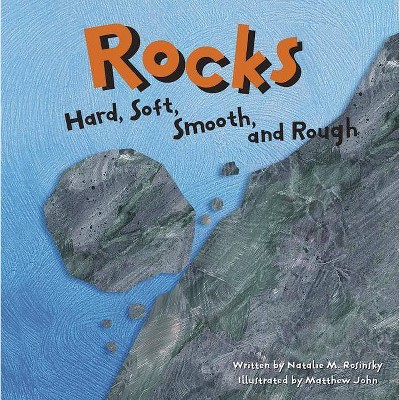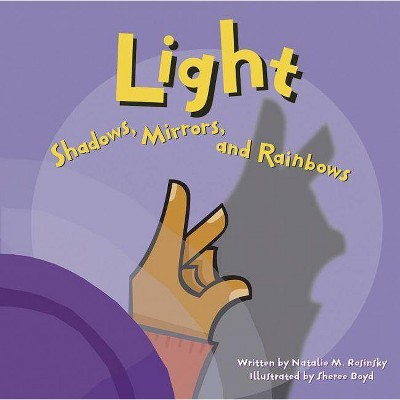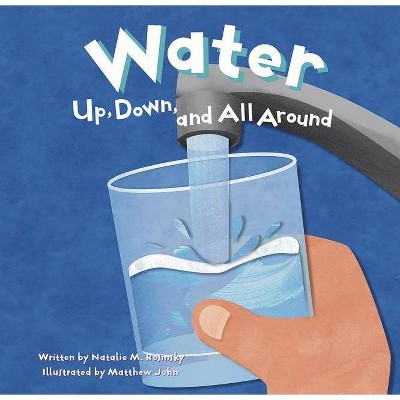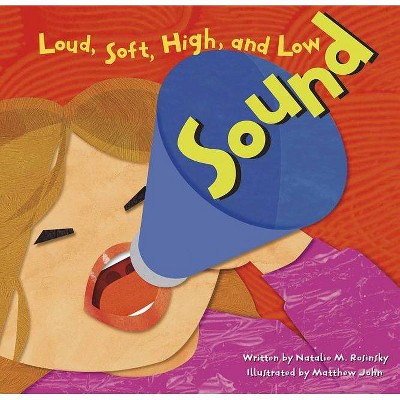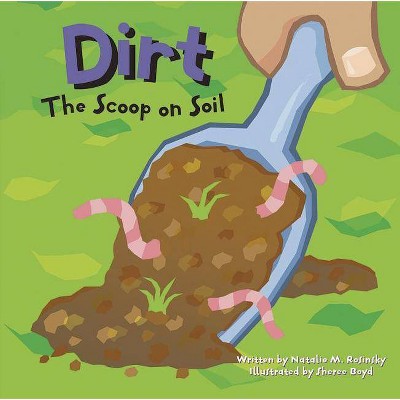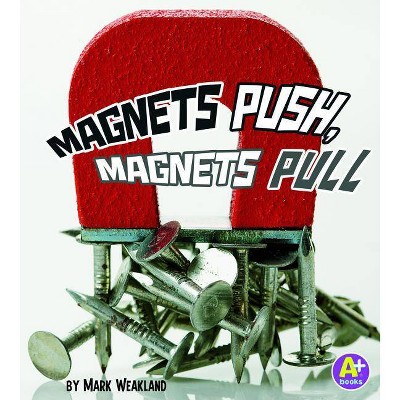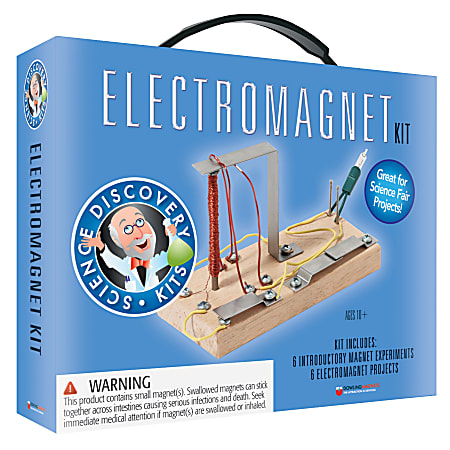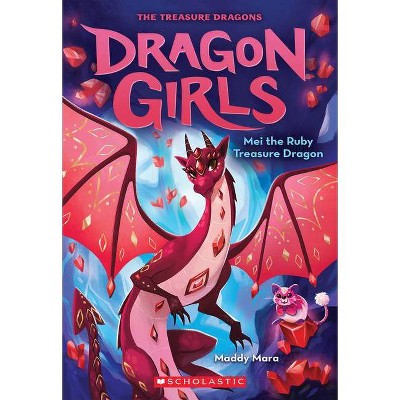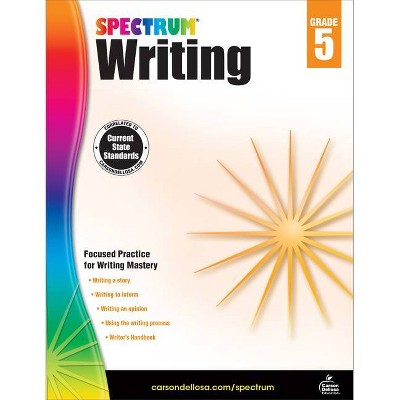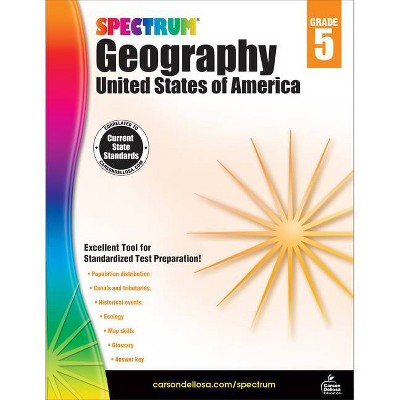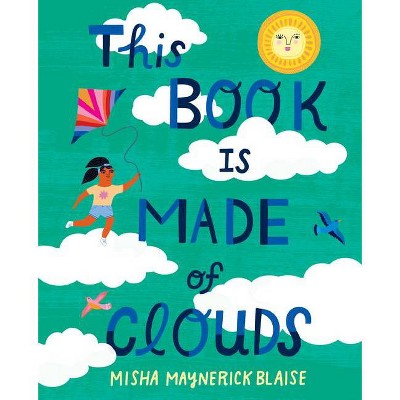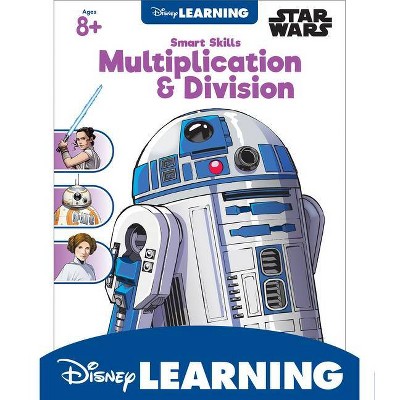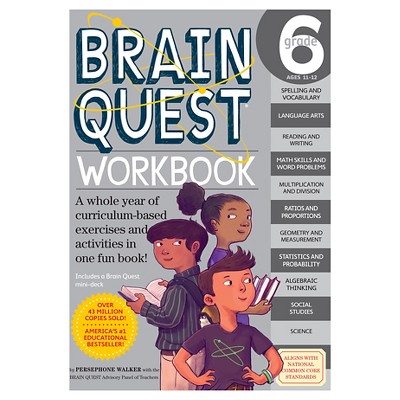Magnets - (Amazing Science) by Natalie M Rosinsky (Paperback)
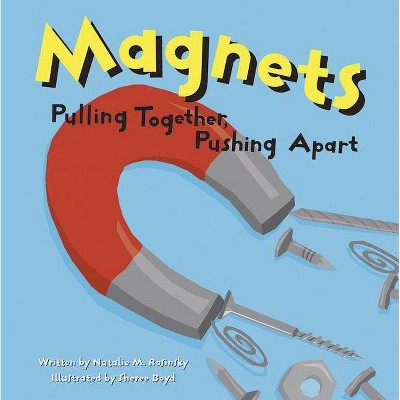
Similar Products
Products of same category from the store
AllProduct info
<p/><br></br><p><b> Book Synopsis </b></p></br></br>Have you ever wondered what makes magnets work? Magnets, by Natalie M. Rosinsky introduces many different kinds of magnets, such as motors, compasses, and Earth's magnetic poles. Clear text, vivid illustrations, fun facts, and simple experiments make this book a great introduction to magnets.<p/><br></br><p><b> Review Quotes </b></p></br></br><br>Magnets: Pulling Together, Pushing Apart, by Natlie Rosinsky, is a 24-page book containing well-placed colorful illustrations by Sheree Boyd. The study of magnets and magnetism is a common topic in kindergarten through fourth-grade science classrooms, and magnets are fascinating to children both in school and at home. Several pages in this volume present simple activities to verify the concepts presented. Other pages have a conceptually more advanced section called Fun Facts. There are five experiments at the end of the book, which have the reader locate a magnet's pole, make a compass, turn a nail into a magnet, create magnetism with electricity, and use a compass to find things. The creation of magnetism with electricity will likely be a new concept to the reader. The last page has a glossary of five words, a list of three other trade books about magnets, a list of three general Web sites, and a detailed index. The poles of a magnet are correctly identified as the areas of greatest attraction for the magnet. However, the illustrations in the book are only of bar and hosehold magnets, which have poles at the end. Ceramic magnets, which are very common in the home and whose poles are not at the end, are overlooked. Attraction (pull) and repulsion (push) of two magnets are accurately described. Although the use of a compass and how it works are relatively advanced concepts, the author does mention that the Earth is a magnet. However, children's difficulties in conceptualizing direction are not helped by studying how a compass works. Several facts about magnets are presented without detailed support. Also, while a number of important magnet concepts (poles, the requirement of two magnets' poles in order to have pull and push, the attraction of some metals to magnets, the ability of magnetism to pass through certain substances, and the various uses of magnets) are presented, the author's avoidance or omission of ceramic magnets limits elementary school children's explorations to the suggested acitivities found in the book. Although this book addresses the major concepts of magnets and magnetism, some of the topics presented are conceptually above the grade level of the intended audience. -Lloyd H. Barrow, University of Missouri, Columbia, MO-- "Science Books & Films"<br>
Price History
Cheapest price in the interval: 8.99 on November 8, 2021
Most expensive price in the interval: 8.99 on December 20, 2021
Price Archive shows prices from various stores, lets you see history and find the cheapest. There is no actual sale on the website. For all support, inquiry and suggestion messages communication@pricearchive.us
